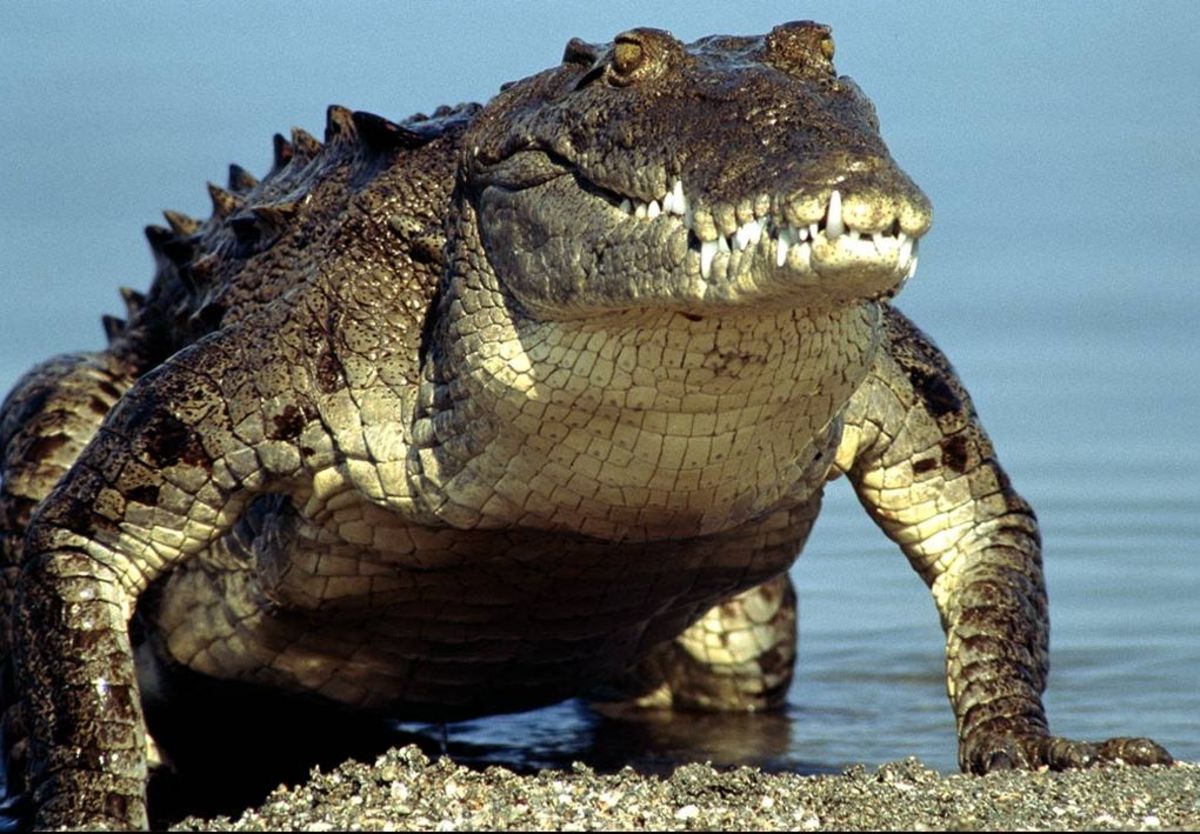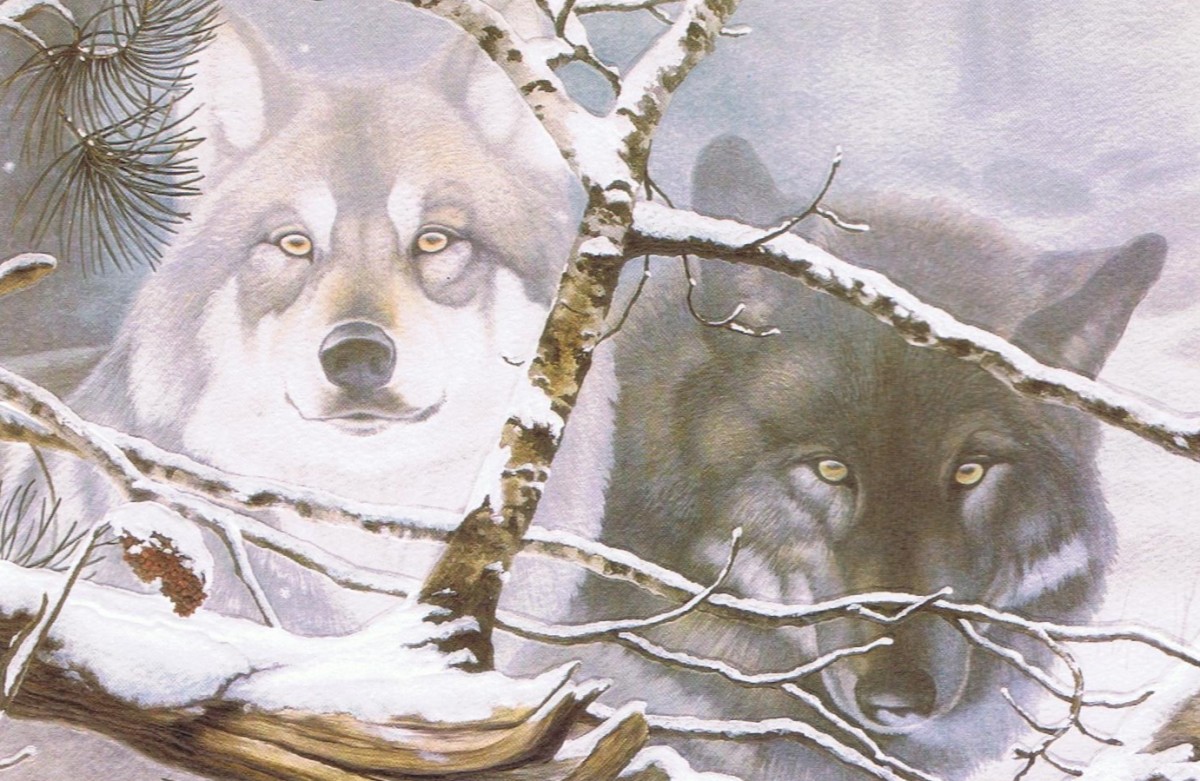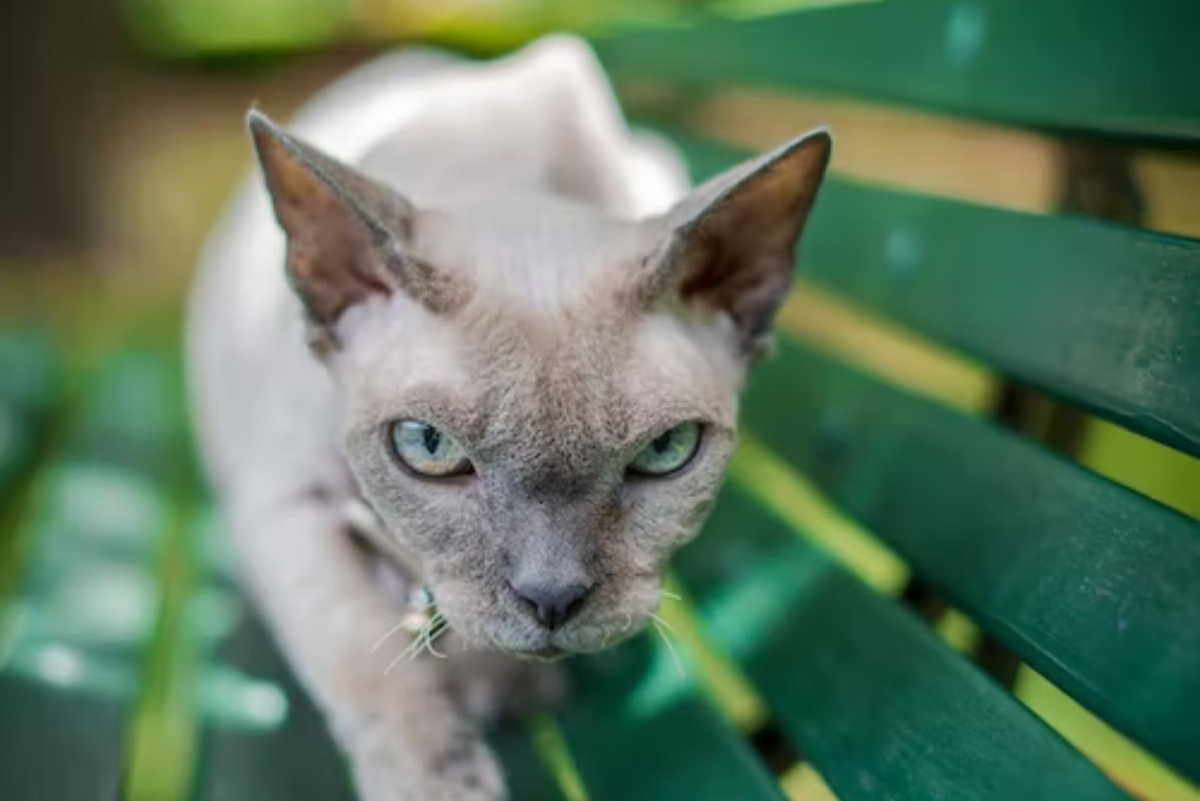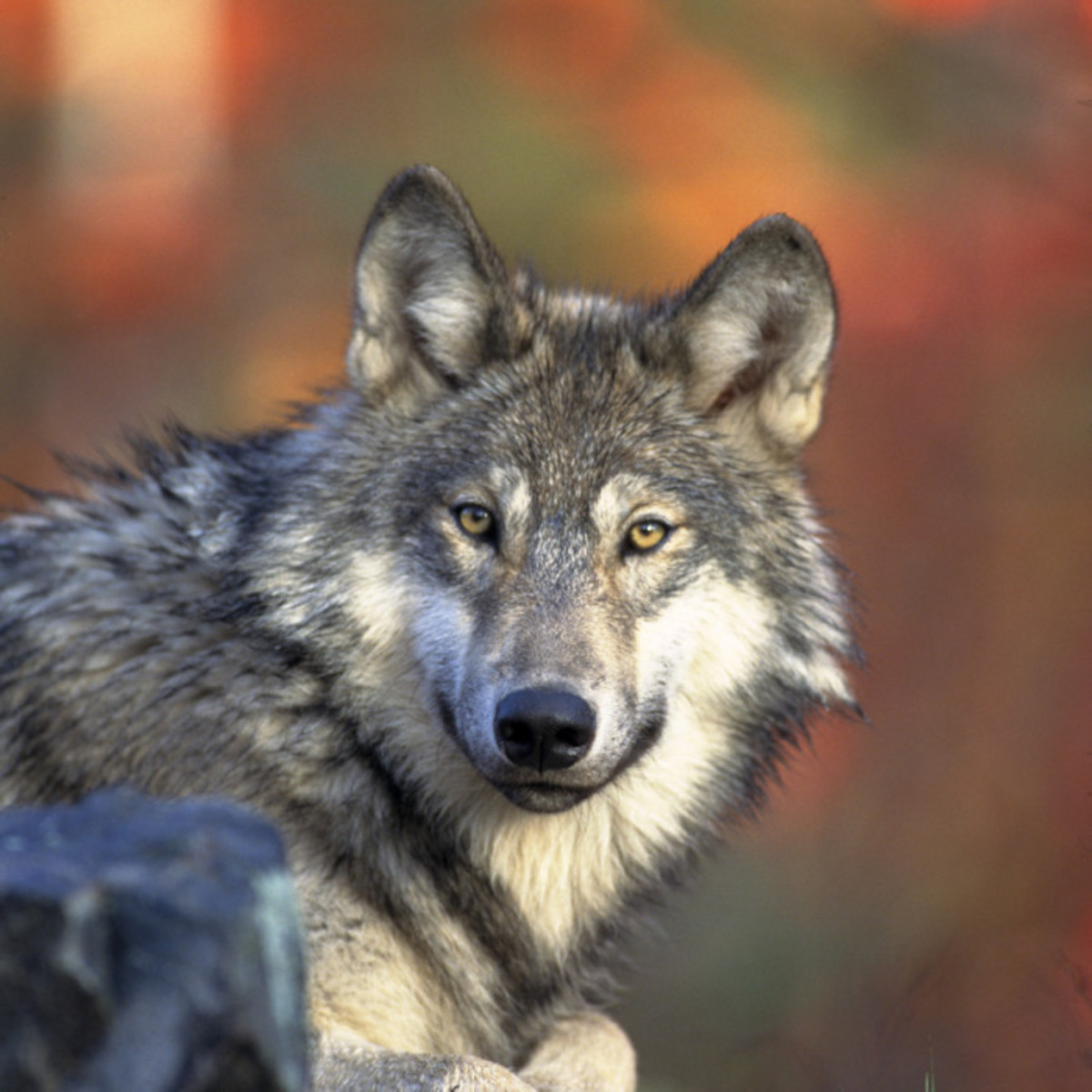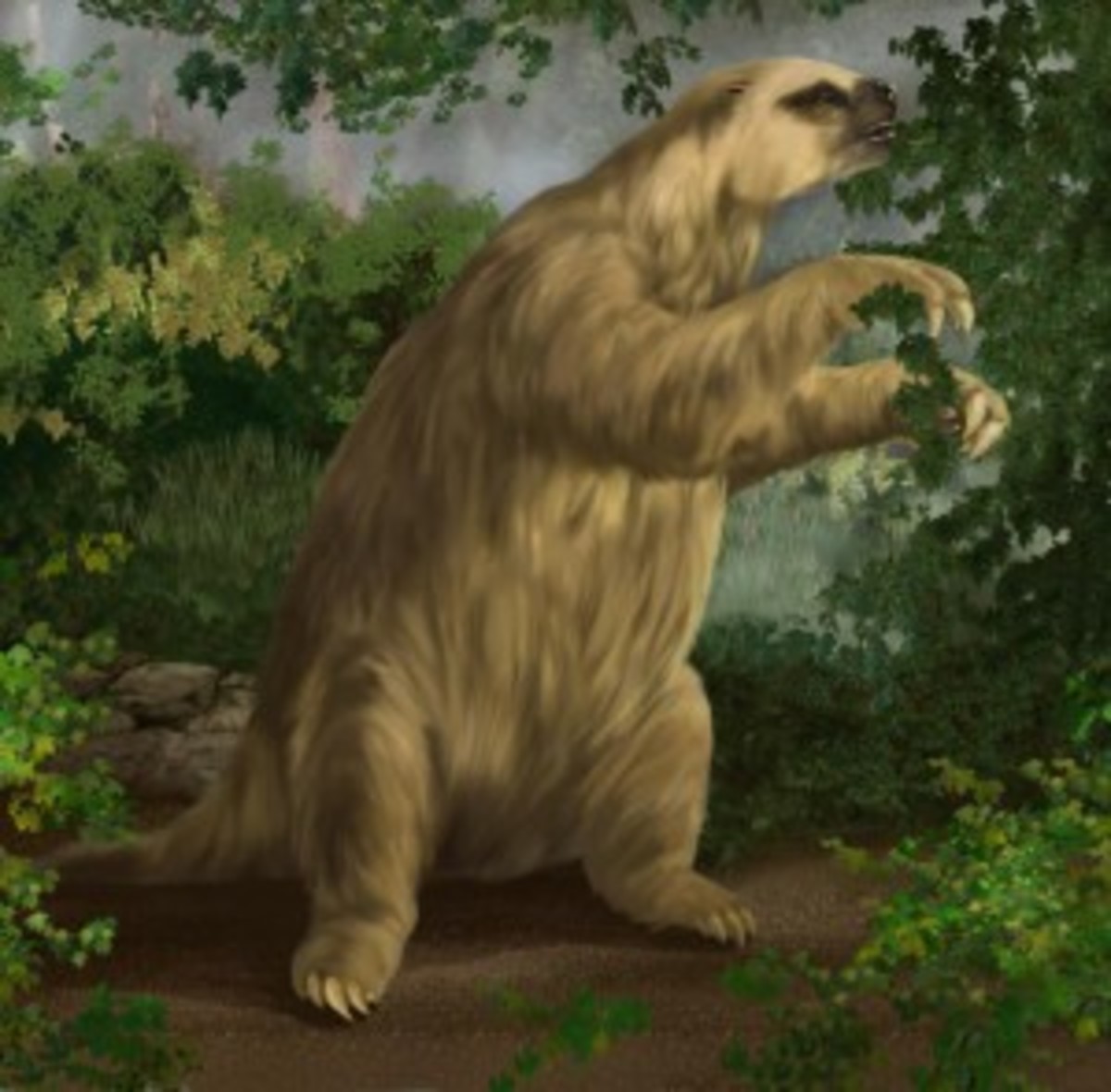Are These the Most Lethal Animals on Planet Earth?
Killers in the Animal Kingdom.
Although we humans sit on top of the food chain, there are certain circumstances and situations that make our continued survival precarious. Since our distant ancestors huddled around the fire beside a cave, there have been creatures on this planet that are more than capable of making us their next meal. There is something primal inside us, that fears becoming the food of another animal and due to this. We have tried to eliminate such predators as we see our settlements expand into the wilder reaches of our shared environment.
In the British Isles, apex predators such as the European Wolf and the Brown Bear, have become extinct due to the practices of human civilization. Many places still have a name that alludes to a previous association with an eliminated predator. The reasons for the elimination of these predators are varied. But they were seen as both competition and a lethal threat.
Globally, many species have been eradicated due to the threat they pose. In New Zealand large birds called the "Haarst's Eagle" were capable of of taking humans as prey. This giant eagle was not a scavenger and before it became extinct around 500 years ago, it could have preyed upon the flightless Moa and any Polynesian settler that it came across.
Many modern day predators are classed as endangered and in the next few decades we may see further extinctions occur.
The African Lion.
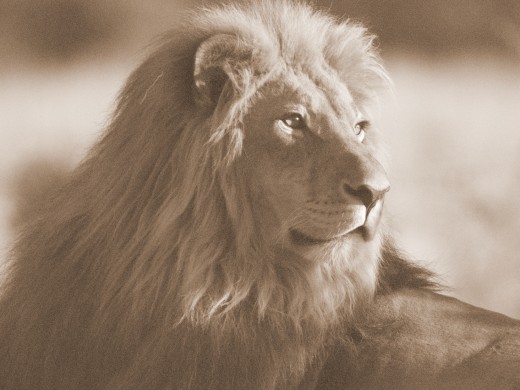
The King of the Jungle.
The majestic Lion is now confined to the continent of Africa, there is a small enclave of Asiatic Lions in India but they number less than 400 and are extremely rare. The African Lion is deemed to be more of a threat to mankind as they are more abundant. Lions are generally perceived as "man eaters" and this came about in the colonial age of Africa, were many white settlers and big game hunters became prey to these powerful predators.
The African Lion is a formidable hunter and they exist on a varied diet of animals that provide much of their nutritional needs. Humans are often killed in the wild as often they are unaware of their surroundings. In 2009, over 50 people were killed by Lions in Tanzania alone. And in the same year, 250 people met their death to the King of the Jungle. These attacks were a mixture of necessity, defensive, rouge attacks and unfortunate timing.
2009 seems to have been an exception to the general rule. As previous years fatalities have struggled to break triple figures.
Records indicate that approximately 100 deaths per year can be attributed to African Lions.
Great White Shark.
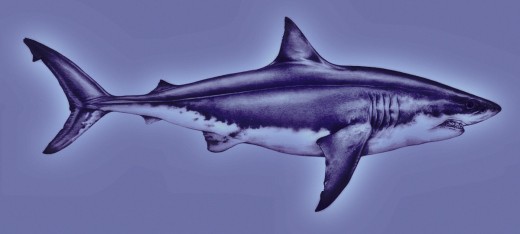
The Ocean's Perfect Predator.
Fearsome, demonic and remorseless, these are a few words that have been used to describe this marine predator. Although this predatory fish has been given a very harsh reputation, it is worth remembering that it is an apex predator and has killed humans before. Although many of the encounters with humans do result in death, the reason for the attack is believed to be a classic case of mistaken identification of its favoured prey.
Global records indicate that officially, sharks kill about 10 people per year. Of these deaths, the main attackers are Bull Sharks, Tiger Sharks and Great White Sharks. Many people die or go missing in the sea and are often exempt from official reports, so we can only use the recorded statistics as a general guide. It would be fair to estimate that the Great White Shark as a whole are probably the cause the bulk of the unreported deaths each year.
It is estimated that Great White Sharks are responsible for on average, 3 deaths per year.
Polar Bear.
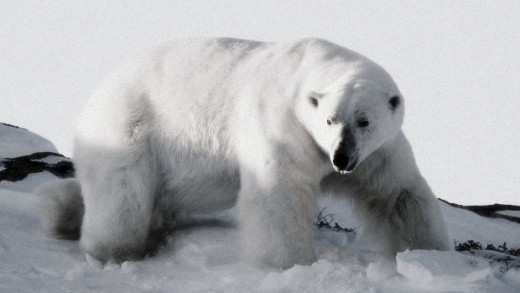
The Arctic Killer?
These Arctic predators are as aggressive and as powerful as the bears who live in slightly less hostile climates. The Polar Bear lives in and around the Arctic Circle, its adaption to exist in the colder climate means that it has to eat a higher amount of food to provide it with the energy to function where other members of the bear family would struggle. Although the Polar Bear lives outside the usual zone of human habitation, global warming and human encroachment into the northern wilderness. Has resulted in an increasing number of encounters between the Arctic Predator and those human settlers who seek to exploit areas of the globe which are sparsely populated.
Between 2000 and 2014, there were a recorded 15 attacks and the latest data indicates that the frequency of these attacks is starting to rise. A Polar Bear attack will often be fatal, given that the size and power of the attack lends little chance of a human surviving the encounter. As the habitat of the Polar Bear recedes, there is more chance of us interacting with them in what we class as our environment.
Polar Bears are on average responsible for about 2 deaths per year.
Gray Wolf.
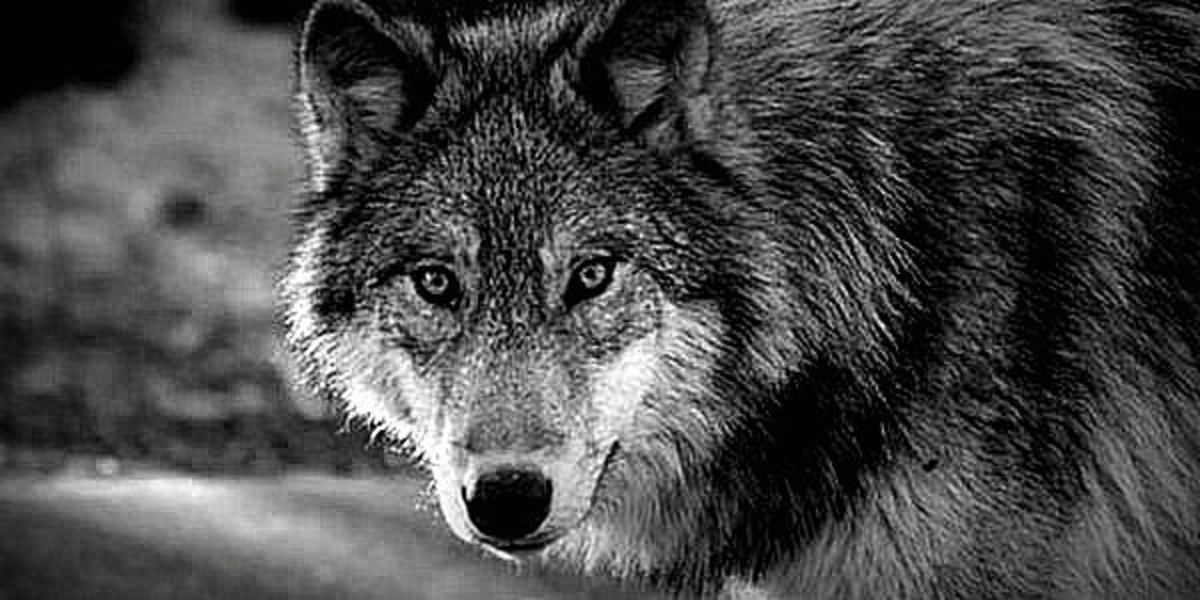
Hungry Like a Gray Wolf.
The Gray Wolf is found across the northern parts of Eurasia and America. This animal is both feared and admired throughout the areas it inhabits. The Gray Wolf is a resilient predator which hunts and scavenges to maintain its own existence and that of the wider pack. Wolves have lived alongside Human civilizations for thousands of years and the Gray Wolf will happily deprive their neighbours of cattle to supplement their natural food sources.
A Gray Wolf usually avoids direct interactions with Humans and on the occasion that they kill, it is usually out of desperation or a set of unfortunate circumstances. With a bite force of between 400-1200 lbs of pressure, a large Gray Wolf alone could severely injure a full grown male. With the assistance of its fellow members of the pack. The death of a human being is a certainty and the entire experience would not be pressure.
In recent years, many of the actual attacks on people have been caused by rabid animals attacking or a predatory assault by either a pack or a hungry individual. Many of these attacks were in remote locations and they were often unprovoked by the intended victims.
The number of non-rabid Gray Wolf attacks per year is very low and infrequent. Gray Wolves would rather avoid human contact, they are very wary of interacting with humans.
Rabid Gray Wolves usually account for no more than 5 deaths per year, on average.
The Bengal Tiger.
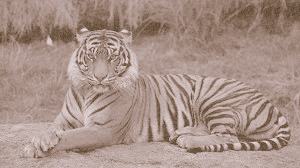
Scourge of the Long Grass.
The Bengal Tiger is a critically endangered big cat that once roamed across much of Asia. Its body and organs are highly prized in local medicine, which sees numerous of this skilled hunter killed to satisfy human desires. The depletion of the Bengal Tiger's natural habitat has seen an increase in the number of encounters between man and beast.
The Bengal Tiger can weigh up to 325 kg and they are a powerful muscle laden big cat with excellent agility. Their bite force has been measured at 1,000 pounds of pressure per square inch and with sharp teeth, a bite from a Bengal Tiger let alone a swipe from their razor sharp claws, would prove fatal.
Records indicate that Bengal Tigers kill around 85 people every year.
The Nile Crocodile.
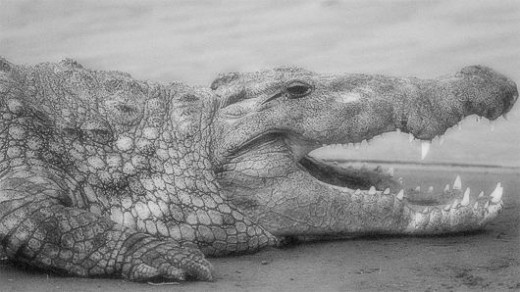
The Ambush Predator.
Crocodiles are reptiles that allow our imaginations to hark back to a time when vicious dinosaurs roamed the Jurassic period of prehistory. Crocodiles have very few predators other than man and they have spent the last 200 million years reaching their position in the food chain. Crocodiles are numerous and have developed into nearly a dozen variations of their form due to environmental factors. Crocodiles vary in size, dependent on their species and at their largest. They can exceed five metres in length and weigh over one imperial ton.
Saltwater Crocodiles and Nile Crocodiles are the most dangerous threats to mankind. Nile Crocodiles have a greater degree of recorded encounters, as most reports of Saltwater Crocodiles are isolated to the sparsely populated areas of Northern Australia. Saltwater Crocodiles exist across most of Asia and Oceania but they are often in remote areas or places were records are not kept to a consistent standard. All species of Crocodiles tend to avoid direct human interaction and if they feel threatened, they will submerge themselves under water to either hide or strike those they considered a threat.
On average, Nile Crocodiles seem to be more lethal than Saltwater Crocodiles owing to more instances of Human and Crocodile interaction.
Records indicate that Nile Crocodiles are responsible for approximately 400 deaths per year.
It is estimated that Saltwater Crocodiles average about 15 deaths per year.
Your Voice...
Which animal covered in this article, do you believe to be the most lethal?
The Real Danger.
The above animals can be extremely dangerous if the circumstances permit and like any wild animal, there is always an inherit risk when interacting with them. These predators are dangerous and are rightly feared by those who live in close proximity to them. Interestingly, the animals listed do considerably less injury and death than a number of other unlikely culprits.
Domestic animals such as dogs kill in excess of 20 people across the United States of America annually. When records from across the world are added to that figure, some of the dangerous predators listed seem to lose some of their fear.
Of course there are two other animals that are responsible for hundreds of deaths a year. Firstly, the rat which is spread across the world is responsible for its part in killing thousands per year. The diseases associated with the rodent have created misery and illness throughout human history.
Secondly, the small and insignificant Mosquito claims the life of close to one million people a year due to the malaria it inflicts across the world. Estimates by the World Heath Organization believe that there are over 200 million cases of malaria a year, so the potential for an even greater number of fatalities is very real.

